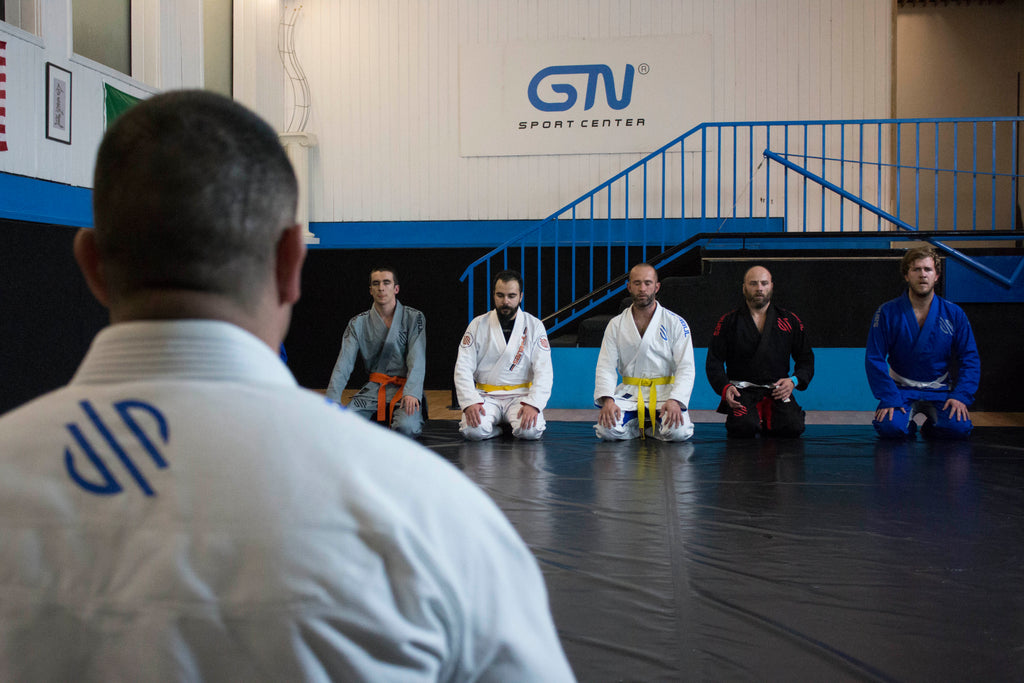The Essential Techniques of Brazilian Jiu Jitsu
Brazilian Jiu-Jitsu (BJJ) is a martial art and combat sport that focuses on grappling and ground fighting. It was developed in Brazil during the 1920s by the Gracie family. BJJ focuses on using technique and leverage to force an opponent to submit, usually by applying joint locks or chokeholds. It is considered a “gentle art” because of its emphasis on using technique and leverage, rather than striking, to achieve a result.
The most important techniques in BJJ are the guard, mount, side control, and takedowns. Each of these techniques is used to gain an advantageous position on the ground and to control the opponent.
The Guard is a defensive position from which the practitioner can attack and defend. It is achieved by having the opponent between the legs, with the hips close to the opponent’s body. The practitioner uses their legs and arms to control the opponent and can initiate various sweeps, submissions, and other attacks from this position.

The Mount is an offensive position from which the practitioner has superior control over the opponent. It is achieved by straddling the opponent’s chest or back and using the legs to control the opponent’s arms. From this position, the practitioner can attack the opponent with punches, elbows, and submissions.
Side Control is a positional control in which the practitioner has superior control over the opponent. It is achieved by controlling the opponent’s head and body with the torso and legs. From this position, the practitioner can attack the opponent with submissions, punches, and elbows.
Takedowns are techniques used to take an opponent down to the ground.
These techniques involve using throws, trips, and sweeps to take the opponent to the ground. Once the opponent is on the ground, the practitioner can attack with submissions, punches, and elbows. These four techniques are the foundation of BJJ and are used to control and submit the opponent. They are the most important techniques in BJJ and are the basis for all other techniques. In BJJ, there are also a number of submissions that can be used to force an opponent to submit. Some of the most common submissions are the armbar, triangle choke, arm triangle, and rear naked choke. Each of these submissions is used to apply pressure to a joint or the neck of the opponent in order to force them to submit.
The armbar is a submission in which the practitioner applies pressure to the opponent’s arm by using the hips, legs, and body weight. The arm triangle is a chokehold in which the practitioner applies pressure to the neck of the opponent using the arms and legs. The rear naked choke is a chokehold in which the practitioner applies pressure to the neck of the opponent using the arms and body weight.
In addition to these techniques, there are also a number of sweeps and reversals that can be used to gain an advantageous position on the ground. Sweeps involve using the legs to off-balance the opponent and take them down to the ground. Reversals involve using the opponent’s momentum and weight against them to reverse the position.

Finally, BJJ also includes a number of guard passes that can be used to transition from one position to another. Guard passes involve using the legs, arms, and body weight to maneuver around the opponent and gain a more advantageous position.
In conclusion, the four most important techniques in BJJ are the guard, mount, side control, and takedowns. These techniques are used to gain an advantageous position on the ground and to control the opponent. Additionally, there are a number of submissions, sweeps, reversals, and guard passes that can be used to gain an advantage. All of these techniques are important in BJJ and should be practiced regularly.





0 Comments
There are no comments for this article. Be the first one to leave a message!